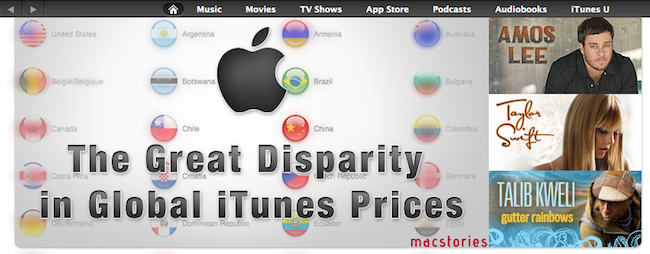The problem with The Daily, the long anticipated iPad-only publication launched today in a joint effort of News Corp. and Apple, is that it’s three things in a single package: an app, a newspaper and a business model. Taking an early look at The Daily is difficult because of its intrinsic nature of newspaper that’s an app aimed at making Rupert Murdoch’s wallet larger.
I have been testing The Daily for a few hours now, I’ve read most of its content and played around with the social functionalities, and I still don’t know where the newspaper is going as a daily publication, or what’s the general guideline established at News Corp. After all, you can’t get to know a newspaper and its feeling after a single issue or, in our case, “refresh”. But I do have some impressions to share, some complaints to make about The Daily as an iPad application and thoughts on the potentialities of Murdoch’s promise to re-imagine newspapers in the tablet’s era. Read more










